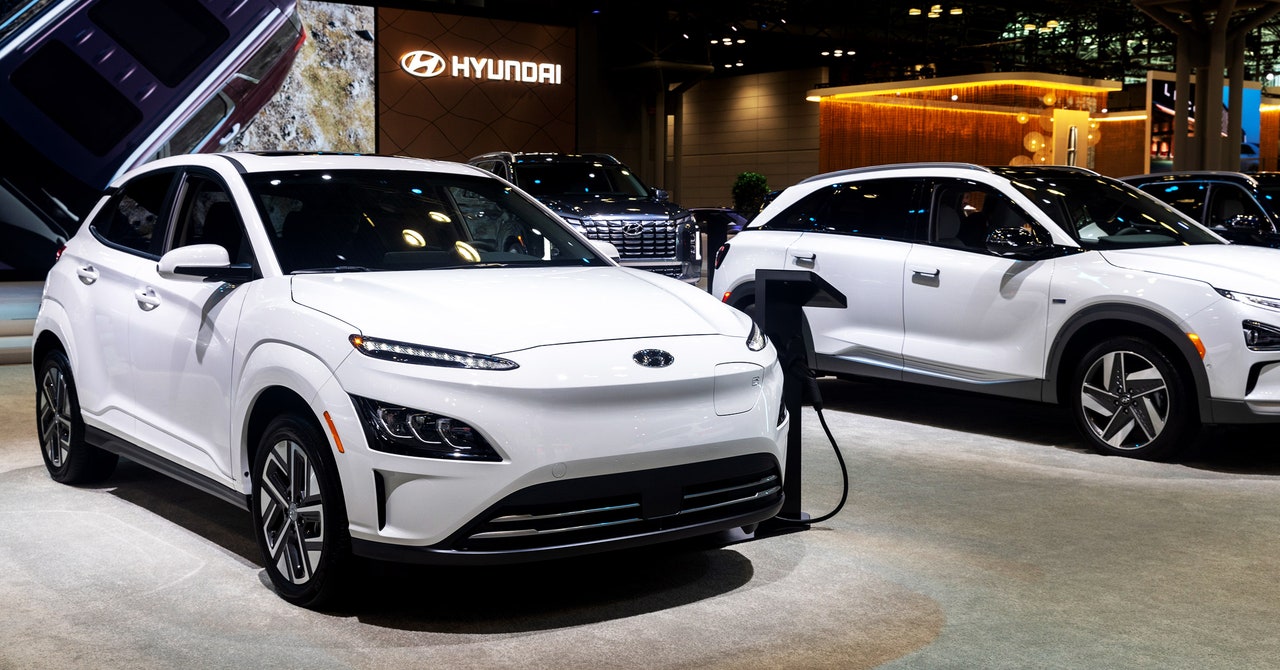This story first Appeared on grista non-profit media organization dedicated to climate justice and solutions.
Electric vehicle sales in the United States set a record last quarter and are on track to break the 1 million mark by 2023, which would be a milestone for the industry. This increase comes as many car models are no longer eligible for federal and some state incentives.
Analysts from Wards Intelligence and Cox Automotive reported that consumers bought nearly 300,000 electric cars between the beginning of April and the end of June. That represents a year-over-year jump of about 50 percent and included growth in May and June, the first two months after federal tax credit rules tightened. Sales of plug-in hybrids also increased.
“There are vehicles that buyers find so intriguing that you don’t need a discount,” said Christie Schweinsberg, a sustainability analyst at Wards, pointing to the ever-expanding array of electric cars and options for consumers to choose from. “People will still want to buy.”
But there are signs that the heady pace of sales growth is not sustainable. According to Cox, dealers had an average of about 53 days of inventory of internal combustion engines at the end of June. The inventory job for EVs, on the other hand, more than doubled. In total, more than 92,000 electric vehicles were available in the second quarter, compared to about 20,000 a year earlier.
“Demand is not keeping up with production, which is the opposite story from a year ago,” said Michelle Krebs, executive analyst at Cox Automotive, of electric vehicles. “We call it the ‘Field of Dreams’ moment. Automakers are building more, but not enough consumers have come to the field.”
Krebs attributes the glut to both a post-pandemic production surge and traditional consumer hesitations about buying electric vehicles. Price, she says, is the main barrier among buyers that Cox studies, as EVs generally remain more expensive than a comparable gas-powered model. Concerns about charging infrastructure are another reason potential owners are staying on the sidelines.
The landscape for electric vehicle incentives has also become more confusing, Krebs says. This time last year, dozens of models were eligible for federal tax credits of up to $7,500, with many cities and states offering additional incentives. Since then, some places, such as Oregon and New Jersey, have run out of money for their rebate programs. The Inflation Reduction Act that Congress passed last year set manufacturing standards to encourage automakers to invest in U.S. battery manufacturing facilities and supply chains. That legislation has, at least in the short term, significantly shortened the list of models eligible for a tax reduction.
“We definitely see an impact from it,” said Michael Stewart, a spokesman for Hyundai, whose vehicles that currently do not meet the new requirements have been removed from the federal list. While sales of all of Hyundai’s EV models grew despite the loss of the honor, he believed progress toward the company’s – and the country’s – ambitious EV sales targets could have been even greater with them .

